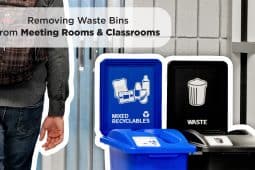There are many mysteries in life, do aliens exist? Is Bigfoot real? What happens to my recycling after it’s been picked up from the curb? Is a “holler back girl” actually a thing?
You have questions, and we have answers!
- Do aliens exist?
- Yes, the “experts” on Ancient Aliens are obviously aliens in people suits.
- Is Bigfoot real?
- Possibly, my hairy, seven-foot-tall Uncle went to the Pacific Northwest in the 1970s to “find himself” and we haven’t heard from him since.
- What happens to my recycling after it’s picked up?
- It’s transported, sorted, converted and then recycled into new products.
- Is a “holler back girl” actually a thing?
- Still waiting for a response from Gwen Stefani on that one.
Since you came to this blog to find out what happens to your recyclables after they’re collected, we’re obviously going to elaborate on question three (and please, no follow up questions about the others!)
Disclaimer – Collection differs depending on where you live. Therefore, the following may not necessarily represent your recyclables post-curbside journey.
![]()
Collection
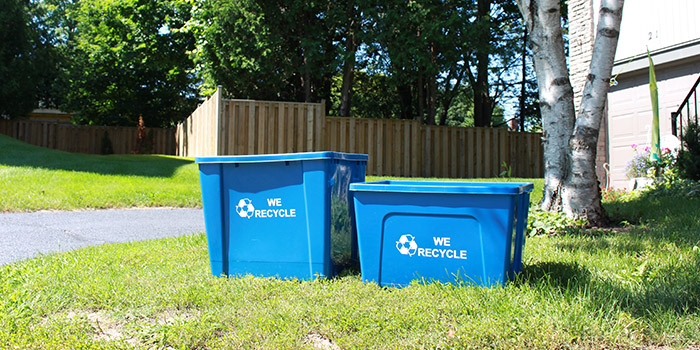
The curb. The last thing you see, the final stop on the purchase-use-toss cycle. When you part with your recyclables, it’s just the beginning of a much bigger journey.
When recycling day rolls around, you’ll see specialized collection trucks buzzing about your neighborhood. With robotic arms, compaction systems or the ability to collect a multitude of waste streams, these trucks come in various forms and are engineered for the efficient collection of recycled goods.
![]()
Transportation
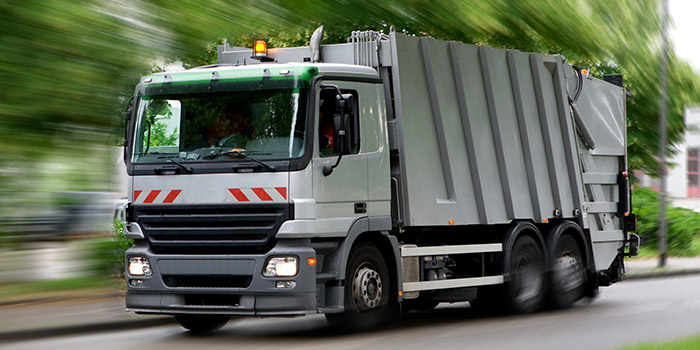
After the material has been collected, the next step in the recovery odyssey is its transport to a material recovery facility (MRF). Glass is initially separated on collection to prevent any possible contamination.
Contamination is the bane the recycling industry and of any material with the hopes of being repurposed into a new product.
Once the trucks arrive at a recovery facility, the material is unloaded onto conveyor belts where the next step on its recovery journey begins.
![]()
Separation & Baling
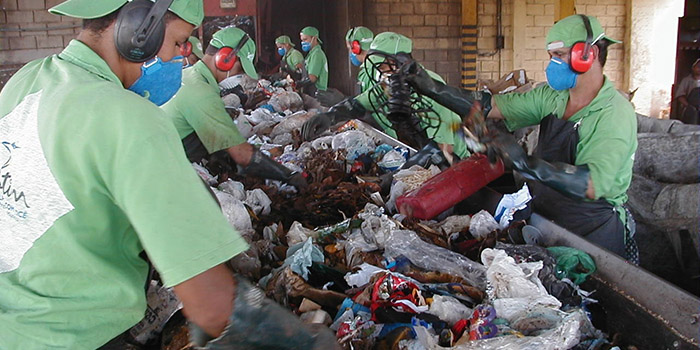
While traveling along the conveyor belts, the unrecyclable material is manually removed first. Through different technologies, paper, plastic, and metal gets separated into stream-specific piles by rotating drum screens, magnets, optical sensors and blasts of air.
The separated products get one final quality check to ensure they’re free of contaminates, and then they’re sent to separate storage areas to be baled together for further processing.
![]()
Raw Material Conversion
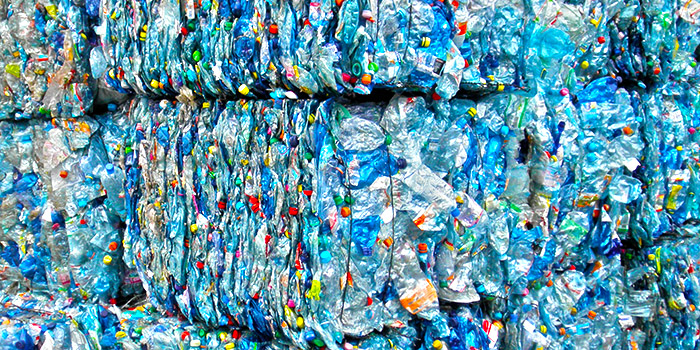
Now that all plastic, paper, metal, and glass has been separated and baled, each stream is shipped to different markets to get processed through shredding, pelletizing, crushing or spooling into raw materials.
![]()
Completing the Circle
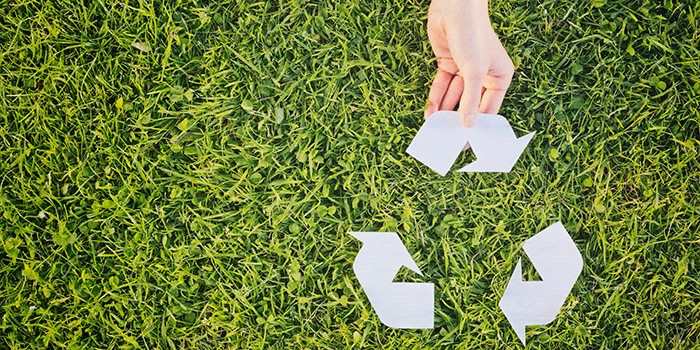
In the final stage in the post-curbside odyssey, raw materials are sold to manufacturers who use them to create new products. Some streams are often turned back into their original form, like plastic bottles and paper. Others materials are transformed or become components of a plethora of other products out there including clothing, bikes, phone cases, furniture, and even toys!
If the mysteries of aliens, Bigfoot, holler-back girls, or recycling have been keeping you up at night, hopefully, you can take solace in the fact that at least one out of four of these burning questions have been fact checked and accurately answered.
We’re still waiting for a holler back from Gwen Stefani, though…
![]()
Sources
http://recyclinginbc.ca/program/happens-recycling/
http://www.savemobile.org/Recycle/recycling.whathappens.shtml
![]()


